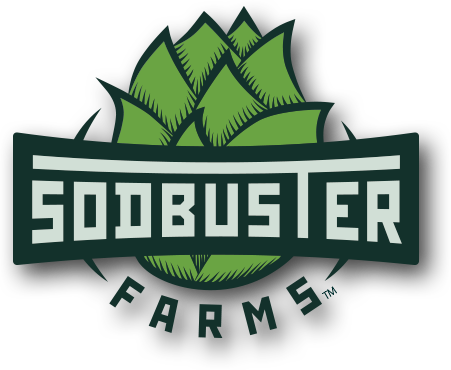The small flower of the hops plant is pretty potent. It has preserved and flavored beer for centuries, and today there are more varieties of the plant than ever before. Still, most people know little about hops because they flourish in only a few places in the world.
Hops grow by climbing up a distinctive eighteen-foot-tall trellis. Their ripe flowers are harvested for beer in late summer. Hop oils and pollen support fermentation and balance sweet and bitter flavors.
Germany made hoppy beer popular a thousand years ago, and growth of the plant gradually spread worldwide. The hop industry in America shifted to the Northwest in the late nineteenth century and the Oregon’s Willamette Valley was long known as the “Hops Center of the World.”

Hops were picked by hand until the ‘50s, and harvest has always been a community affair. Today special machinery and extensive labor remove the cones from the bines. The cones are then dried for preservation and packaging. And as seasonal fresh hop beer has become more popular, “wet” hops are increasingly making their way directly from farm to pint.
Read more about Willamette Valley hops, take a look at the different varieties that we grow (and the beers that brew with them), or get a better look at our family operation.

